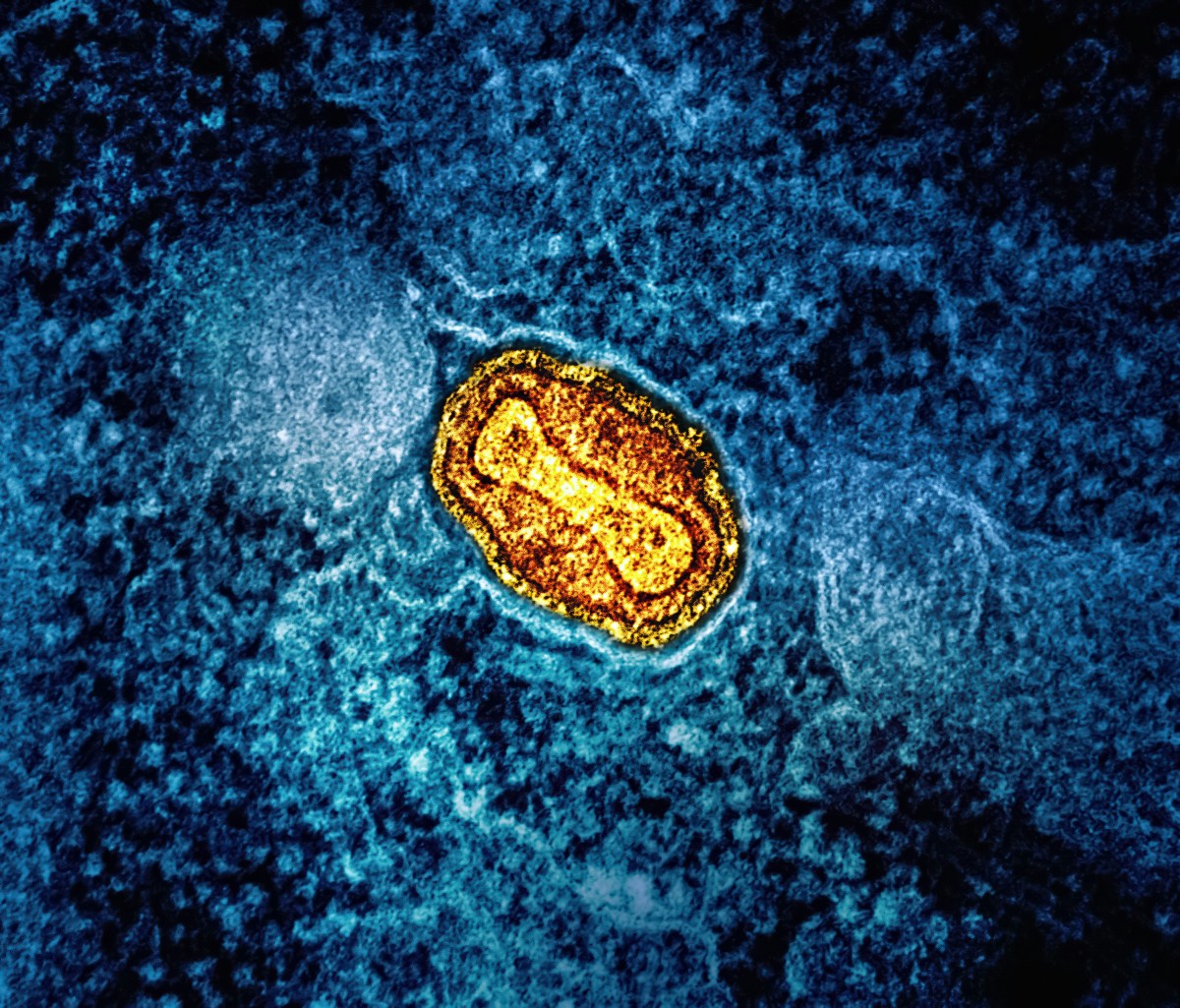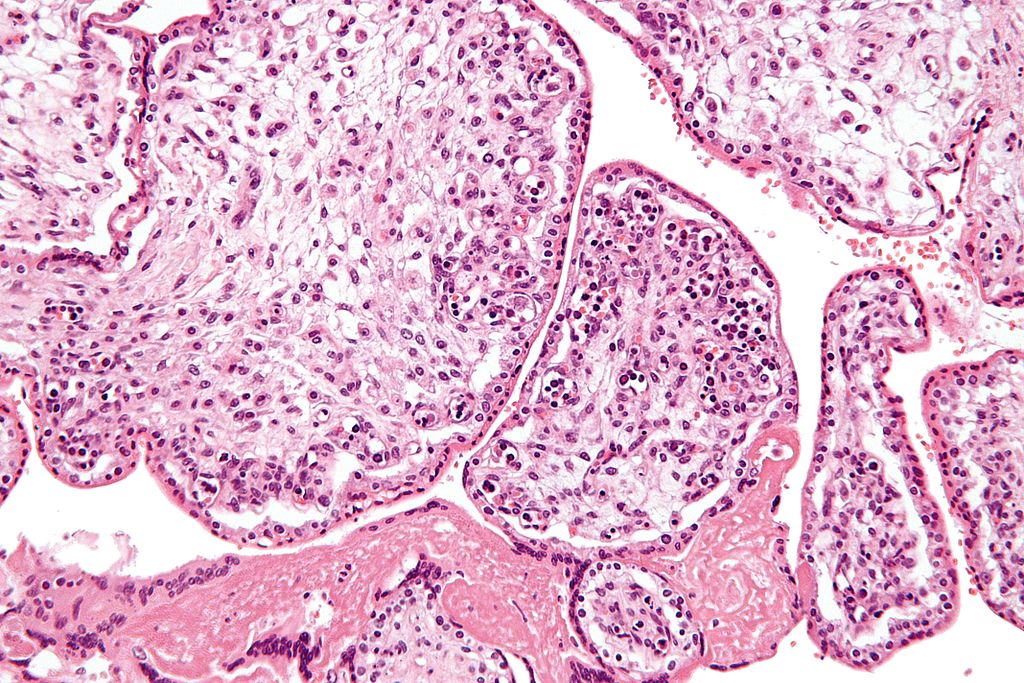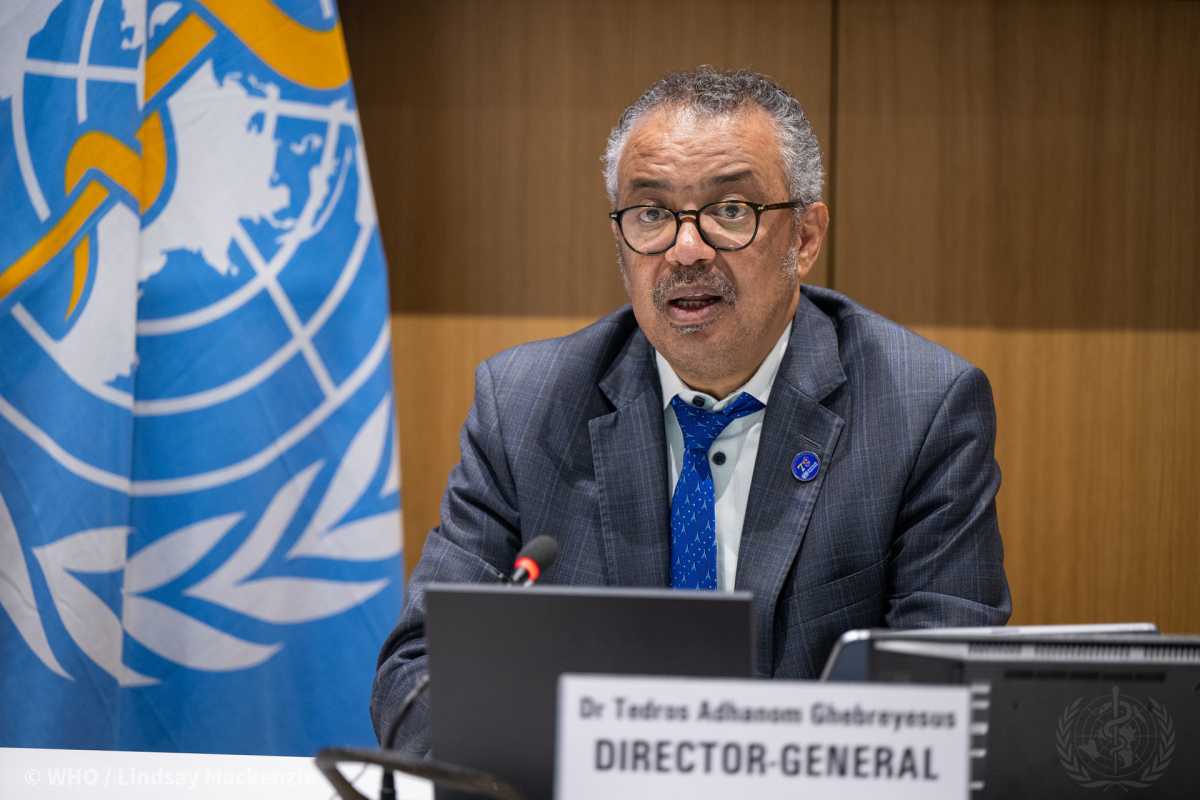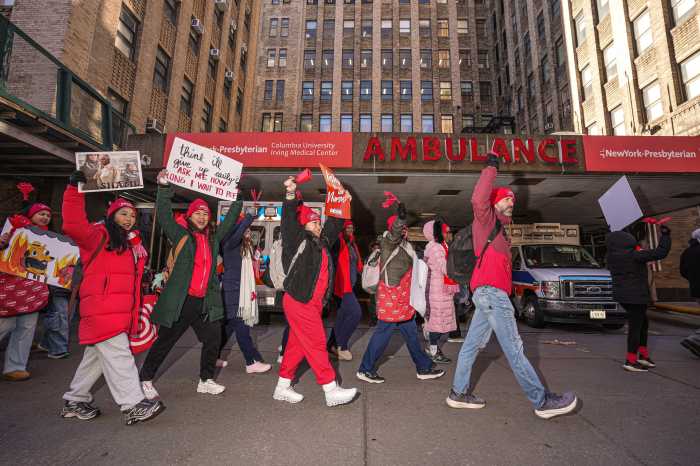The Centers for Disease Control and Prevention (CDC) and World Health Organization (WHO) released new warnings this week about two distinct viruses, sparking concerns in both the U.S. and across the globe.
A public health alert released by the CDC on Tuesday, Aug. 13, revealed an increase in Parvovirus B19 infections. This virus is known for causing a slapped cheek appearance and complications for pregnant and immunocompromised people across the United States.
The CDC’s health alert comes ahead of a message from WHO on Wednesday, Aug. 14, declaring a Mpox outbreak in Africa a public health emergency of international concern.
Both warnings from the leading public health organizations come before the start of the school season in New York City, prompting some concerns among residents and following additional battles with COVID-19 infection in recent months.
Dr. Manish Sharma, Chief of Emergency Medicine at NewYork-Presbyterian-Queens, tells QNS that residents should remain aware of the spread of these two illnesses on a local and global scale.
“The risk of Mpox spread to the United States is still very low at this time,” Sharma shared. “However, you should seek medical care immediately and avoid contact with others if you have been in the DRC (Democratic Republic of Congo) or its neighboring countries in the last 21 days and develop new symptoms.”
Increased coverage around Mpox and Parvovirus helps to heighten awareness of global illnesses, according to the Sharma, and learning about the illnesses, including their symptoms and how they are spread, can help.
NYC Health Commissioner Dr. Ashwin Vasan recognized WHO’s shared warnings about mpox only a day after the World Health Organization declared the virus a public health emergency. He mentioned the city’s efforts to contain and treat the virus two years ago, while confirming the agency will keep New Yorkers informed about the Mpox risk in the city.
“In New York City, we continue to emphasize the importance of vaccination and encourage anyone at risk who has not done so to get vaccinated now,” Vasan said in a statement. “Two doses are needed for maximum protection, so anyone who did not get their second dose should do so immediately. We also encourage everyone to educate themselves and to explore our resources on what to know and how to protect yourself from mpox.”
The latest Mpox warning comes two years after a similar alert was shared by city health officials in 2022, which impacted 3,821 people in New York City, according to data from the New York City Department of Health and Mental Hygiene. Queens accounted for 16% of those total cases and Manhattan remained the largest borough at the time in infections with 39% of the total number.
NYC officially declared an end of the Mpox outbreak in February of 2023, following the vaccination of over 100,000 New Yorkers, the health department shared. The city has issued two health advisories for Mpox in May and August that can be viewed online.
Mpox makes headlines again: Outbreak in Africa

In the Democratic Republic of Congo and countries in Africa, an upsurge of a new clade of Mpox, formerly known as monkeypox, has caused the WHO Director General, Dr. Tedros Adhanom Ghebreyesus, to declare a public health emergency of international concern (PHEIC).
The WHO Director says the organization is working with affected countries to provide aid and develop a regional response plan that will require $15 million to complete.
“The emergence of a new clade of Mpox, its rapid spread in eastern DRC, and the reporting of cases in several neighboring countries are very worrying,” said Dr. Tedros during the PHEIC announcement. “On top of outbreaks of other Mpox clades in DRC and other countries in Africa, it’s clear that a coordinated international response is needed to stop these outbreaks and save lives.”
In July 2022, amidst the grasp of the COVID 19 pandemic, an outbreak of Mpox spread rapidly to several countries, including the U.S., creating its own public health emergency alert from WHO.
New York had a total of 4,528 confirmed cases from 2022 to 2023, according to CDC data, while the U.S. overall experienced 58 deaths linked to the virus. Mpox Clade II more specifically spawned the outbreak in 2022.
The U.S. continues to see only Clade II cases, according to a NYC Health Department advisory. Reported case numbers in NYC were relatively low for most of 2023, ranging from 2 – 20 cases per month between January and September.
Since October, there has been an increase to an average of 36 cases per month, with a peak case count of 51 cases in January 2024, the NYC Health advisory reveals. Many who contracted Mpox (76%) were not vaccinated and men who had sexual relationships with other men (94%).
The signs and symptoms of Mpox confirmed by New York Presbyterian-Queens can include:
- A rash that may be located on the hands, feet, chest, face, mouth, or near the genitals.
- Fever.
- Chills.
- Swollen lymph nodes.
- Fatigue.
- Myalgia (muscle aches and backache).
- Headache.
- Respiratory symptoms like sore throat, nasal congestion, and cough.
Mpox exists in part of the smallpox virus family, experts say, with most cases causing a rash that progresses through multiple stages before healing.
The virus is contracted through close contact with infected people or animals and is most documented as being transmitted during unprotected sex, the CDC shares. A greater risk of life-threatening complications for people are reported for people with weakened immune systems, a history of eczema, pregnant, or children under one year old.
There are two vaccines in use for Mpox and are being recommended by WHO’s Strategic Advisory Group of Experts on Immunization to treat the infection, according to the health organization.
There are four vaccination sites in Queens for Mpox: Sutphin Health Center Wheelchair Community Health Center/Clinic, located at 105-04 Sutphin Blvd, in Jamaica, the Jamaica Sexual Health Clinic, at 90-37 Parsons Blvd, in Jamaica, Corona Sexual Health Clinic, at 34-33 Junction Blvd, in Jackson Heights, and Nao Medical, at 37-15 23rd Ave, in Astoria.
A link to find vactionation sites in Queens, and across the city is also available.
People are similarly advised to avoid close skin-to-skin contact with infected people or animals who may have been exposed to the Mpox virus.
WHO has released $1.5 million from the WHO Contingency Fund for Emergencies, and plans to release more in the coming days, according to WHO’s Director General.
Parvovirus B19: Increase in cases before school season

According to the CDC, a Parvovirus B19 infection is usually mild for children and adults who don’t suffer from weakened immune systems. The virus typically affects school aged-children and people working in school or close contact with children such as daycare workers and teachers.
The CDC shares that Parvovirus B19 is highly transmissible through respiratory droplets by people who are showing and those not showing signs of infection. Typical symptoms of the infection include fever, headache, cough, sore throat, rashes, and joint pain, the CDC data shows.
Sharma, chief of emergency medicine at NewYork-Presbyterian-Queens says this virus strain only infects humans, whereas the Parvovirus alone would infect humans and animals.
“The infection is contagious in children for a few days before symptoms begin and until the symptoms disappear,” Sharma explained. “When the rash appears, the infection is no longer contagious.”
Although many who are infected with the virus are asymptomatic, meaning they experience no symptoms, those who do experience symptoms are subjected to two phases of the virus, the CDC explains.
The first phase reflects flu-like symptoms in the first week (7 days) after infection, according to the CDC. In week 2 (7-10 days later) infected persons often show signs of a facial rash that mimics a slapped cheek appearance, mostly in children. A body rash and joint pain (1-4 days later) is likely to come afterward.
Additional anecdotal reports from clinicians observed more than expected number of cases of the infection among pregnant people that result in severe fetal anemia, requiring fetal transfusions or pregnancy loss, and increases in aplastic anemia among people with sickle cell disease, the CDC alert adds.
Sharma backs the CDC’s analysis, sharing that there’s a great concern for people who are pregnant.
“Any pregnant person who is exposed to an individual in whom parvovirus infection is suspected should immediately contact their obstetrician,” Sharma says.
Healthcare providers are encouraged to have an increased suspicion of the infection, following the alerts from the healthcare organizations. Everyone is encouraged to practice good health hygiene such as hand washing and isolating when sick. Those who may be infected with either illness should seek medical help and advice from their physician or licensed accredited medical professional.
For more information about the viruses, you can visit the websites of the CDC and WHO.





































